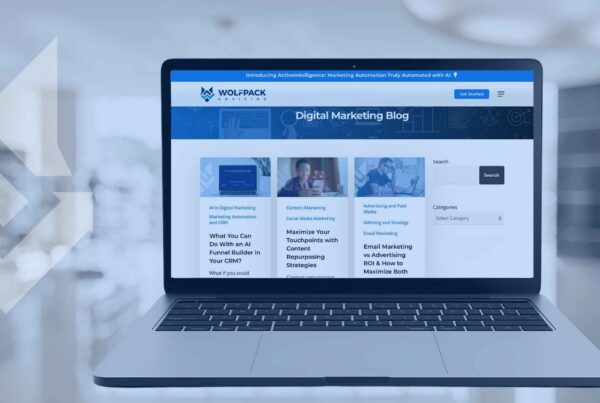Last updated on October 31st, 2025 at 12:50 pm
Most business owners know they should be using email, but getting started and learning everything from tools to email marketing best practices can feel like a lot. Email is still one of the most cost-effective ways to stay connected with your audience, but the way people engage with emails has changed. If your content isn’t relevant, aligned with certain best practices, and worth reading, emails get ignored (or worse, marked spam).
This guide will help you send better emails, not just more of them. Whether you’re a one-person shop or managing a growing team, you’ll find real strategies here.
Contents
Table of Contents
1. Know Who They Are & What They Need
If your email starts with “Hey there!” and ends with a generic pitch, you’ve already lost most people. The most effective emails feel like they were written for someone. Not a list. Not a “segment.” A person.
Start with the basics. What do your clients care about? What problems are they trying to solve right now? Your emails should address those goals, whether they’re booking more jobs, saving time, or making smarter decisions.
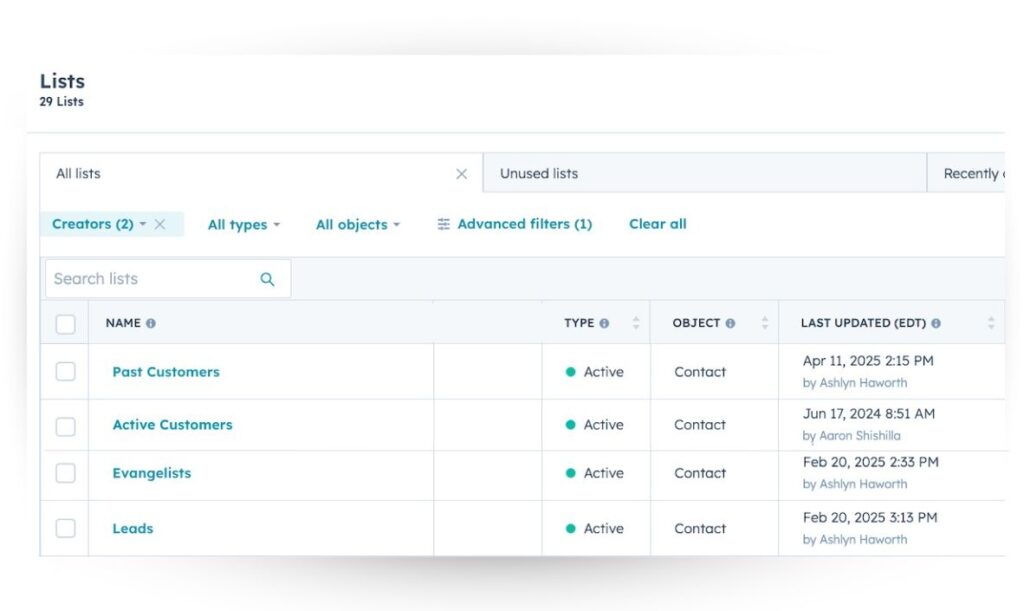
If you’re not sure, ask. A quick one-question email—“What’s the biggest challenge you’re dealing with right now?”—can give you a goldmine of insight.
And if you’ve never segmented your list before, don’t overthink it. Start by dividing subscribers into:
- New leads
- Current clients
- Past clients
That alone will help you speak more directly to what each group needs from you.
Even adding one custom field (like service type or location) can help you tailor your content in meaningful ways.
2. Ditch the Mass Blasts & Send What Matters
“Email blast” is basically a curse word at this point. Spraying one message to your whole list might feel efficient, but it’s rarely effective.
Why? Not everyone on your list is at the same stage of interest, trust, or readiness to buy. A new lead doesn’t need a coupon code; they need to understand what makes your service different. A long-time client doesn’t just need a generic newsletter; they need something that keeps them engaged, like a referral incentive or client-exclusive content.
Use behavior to guide what you send:
- Did someone click on your pricing? Follow up with a short breakdown of what’s included.
- Downloaded a checklist? Send a follow-up tip with bonus context.
- Booked a service? Follow up a week later with a helpful resource or “what’s next” email.
Think of your emails as part of a conversation; not a billboard.
3. Stop Overthinking Subject Lines—Start Being Clear
Subject lines get overcomplicated way too fast. You don’t need to be clever, or funny, or add weird characters to stand out. You just need to be clear.
A subject line’s job is to answer one question: “Why should I open this?”
Good subject lines don’t try to say everything. They say just enough to spark interest or deliver value. Here’s what works in 2025:
- Keep it under 50 characters
- Use real, natural language (no “synergy,” please)
- Be specific about what’s inside
Examples that work:
- “Your April service checklist”
- “How to get more 5-star reviews this month”
- “Quick fix for last-minute cancellations”
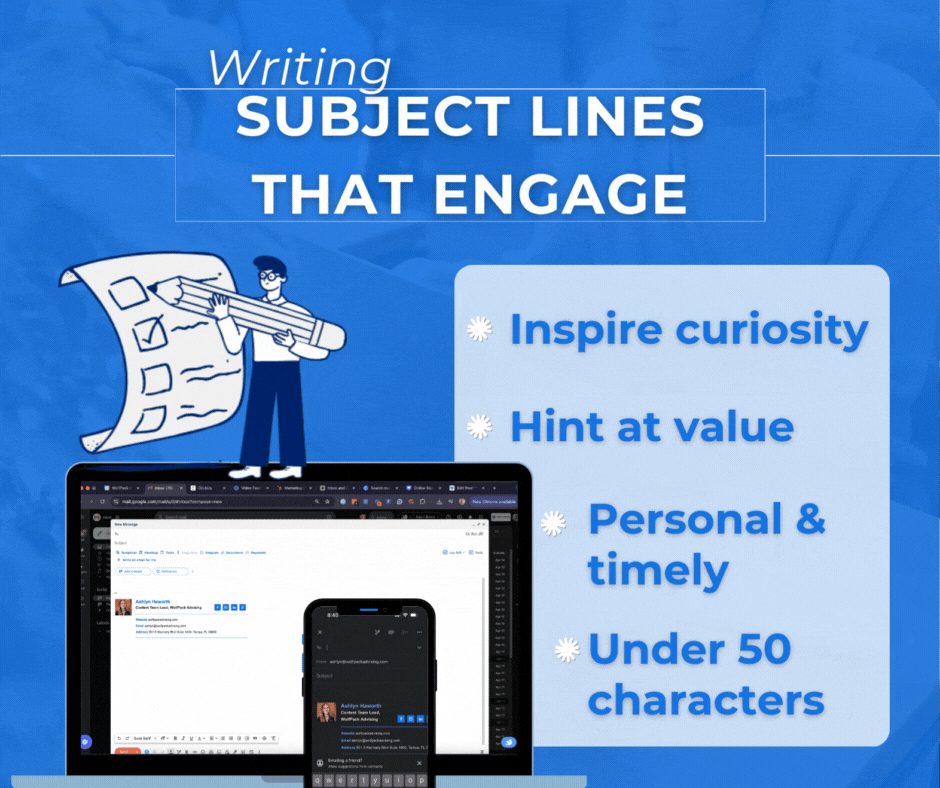
If you can make someone nod their head or say, “I need to know more,” you’ve nailed it.
Avoid spam triggers like “FREE!!!” or “ACT NOW.” They’re outdated, and more likely to get filtered out or ignored.
4. Treat Preview Text Like the Subject Line’s Best Friend
Preview text is the sentence or two that shows up right next to your subject line on most devices. It’s not just filler, it’s prime real estate.
Think of it like your email’s wingman. If the subject line is the hook, the preview text is your supporting pitch.
Bad preview text:
“Can’t see this email? View in browser…”
Better preview text:
“Smart ways to prevent condensation in humid months.”
Use it to reinforce the subject line, tease what’s inside, or add context that helps earn the open.
5. Write Like a Human
No one wants to read an email that sounds like it was written by a robot or a salesperson.
People skim. They scroll. They look for signals that what you’re sending is worth their time. So, write like you talk. Cut the filler. Be direct. Be helpful.
And stop worrying about sounding “professional” if it means you’re also sounding generic. 57% of users feel more positive about brands using simple, conversational tones in their content.
Bad:
“We are pleased to announce our spring services promotion is now available to eligible clients.”
Better:
“Spring’s here and so is your $20 discount. Book before April 30.”
Your emails don’t have to be long, and they definitely don’t need to be fancy. They just need to sound like you and have something to offer.
6. Build Emails for Mobile First
More than half of your subscribers open emails on their phones. If your message is hard to read or slow to load, people will leave quickly—usually forever.
To keep mobile readers engaged:
- Stick to short, clear sentences.
- Use a single-column layout.
- Make buttons easy to tap with your thumb.
Check every email on your phone before sending. If it’s frustrating for you, it’s frustrating for them, too.
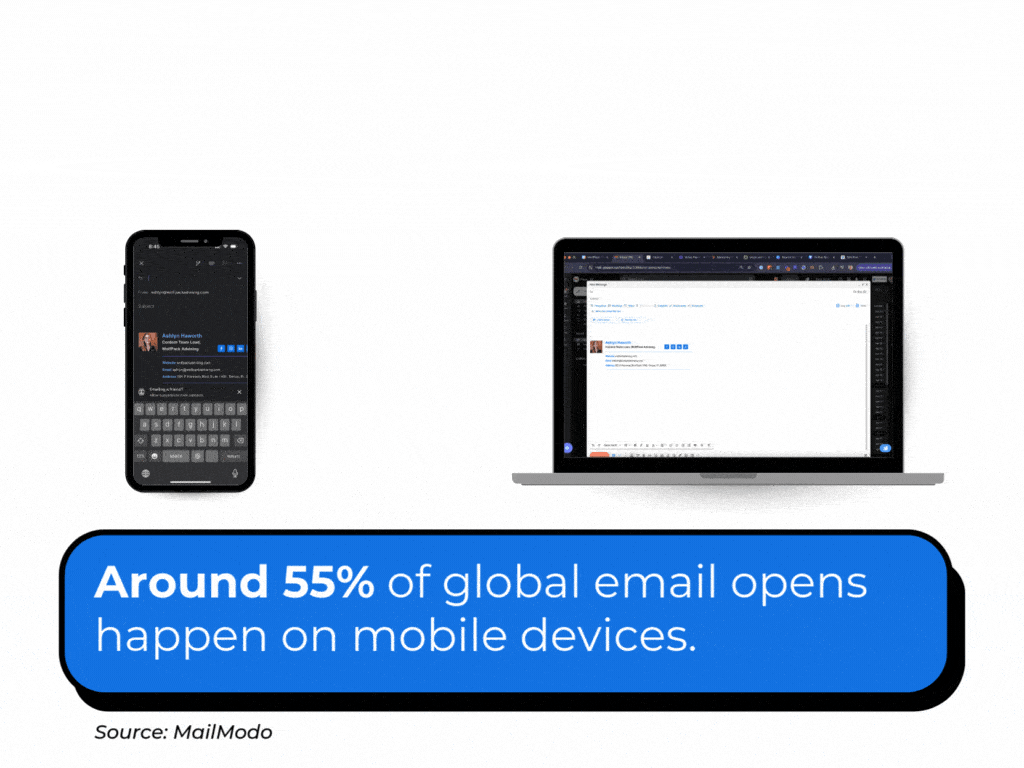
7. Keep Emails Short (But Valuable)
People open emails expecting quick information. Long paragraphs or endless scrolling make them close it fast.
Get to the point right away. Keep paragraphs to 2–3 sentences, and if you have a lot to say, link to a helpful blog post instead.
Respecting your readers’ time means they’ll keep opening your emails.
8. Embrace the Skim
Most readers scan emails instead of reading every word and the average time allocated to a newsletter after opening it is only 51 seconds. Make skimming easy by:
- Using headers and subheaders.
- Keep sentences short.
- Using bullet points for lists.
A quick scan should be enough to understand your main message and take action.
9. Offer Real Value (Not Just Discounts)
Constant discounts and promotions train people to wait for a sale instead of seeing your real value. Certainly, use promotions to help your business grow, but don’t rely on them too much. They shouldn’t be the only value you provide.
Instead, share helpful tips, useful resources, or educational content related to your service. For example, if you’re a plumber, share simple tips to prevent leaks. Helpful content builds trust, which leads to loyal clients.
10. Include a Clear, Specific Call to Action
Every email needs one clear action you want people to take. Don’t leave them guessing what to do next. Good examples:
- “Schedule Your Free Estimate”
- “Claim Your Discount Before Friday”
- “Reserve Your Spot Today”
Be clear, simple, and direct. People appreciate knowing exactly what they’re clicking on.
11. Use Automation to Be More Personal
Automation doesn’t mean losing personality. Instead, use automation to connect better at key moments:
- Welcome emails after signup.
- Follow-ups after appointments.
- Helpful reminders for upcoming deadlines.
Write these emails like you’d talk to a client face-to-face. Automation saves you time but should never replace genuine connection.
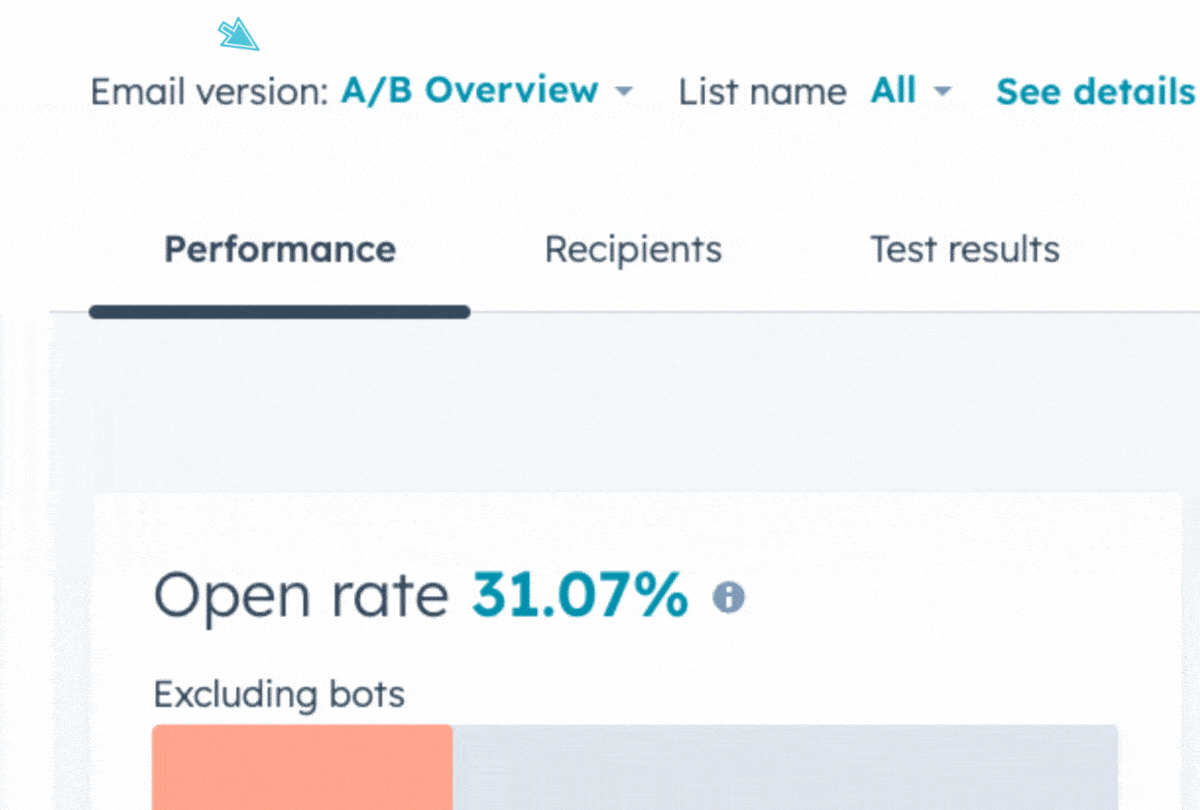
12. Test and Improve Regularly
Small improvements can boost email performance dramatically. Try testing:
- Different subject lines.
- Sending emails at new times.
- Various calls to action.
Let your results guide your next email, not just guesswork.
13. Find the Best Sending Time
Sending emails randomly won’t help your results. Generally, mid-morning (around 10 AM) works best for most businesses, but your audience could differ.
Test a few different times and watch your metrics. Quickly, you’ll find the sweet spot that works best for your subscribers.
14. Keep Your Email List Clean
A big list isn’t useful if half your subscribers never open your emails.
Every few months, remove inactive subscribers—those who haven’t opened or clicked in over six months. Quality beats quantity, and your deliverability (and results) will improve immediately.
15. Ask Your Subscribers What They Think
Adding interactive elements to emails can potentially increase ROI by up to 300%. Periodically send quick surveys or ask subscribers directly for feedback:
- “What topics do you want to hear more about?”
- “How could we make our emails better?”
People love feeling involved. Plus, you’ll gain valuable insights to improve future emails.
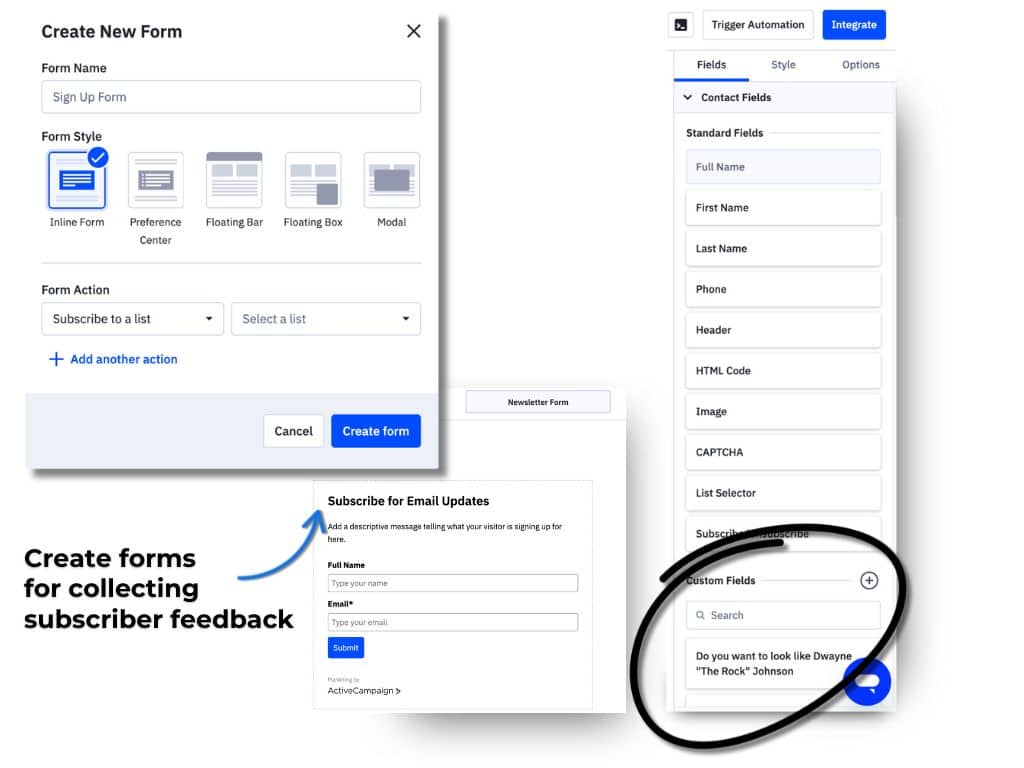
16. Respect Subscriber Privacy (Always)
Privacy matters—now more than ever. Clearly share your privacy policies and stick to data protection guidelines like GDPR or CCPA.
Simple steps:
- Always include a clear unsubscribe link.
- Let subscribers easily update preferences.
- Never add people without explicit permission.
Trust is hard to earn and easy to lose. Privacy isn’t optional.
17. Stay Consistent (But Don’t Overdo It)
Consistency creates trust and expectation. If subscribers expect your email every week or month, keep that promise. Pick a schedule you can realistically stick to, then deliver valuable content regularly.
Consistency turns casual subscribers into loyal customers.
18. Reconnect With Your Quiet Subscribers
Don’t immediately delete inactive subscribers; give them another chance first. Send a targeted “we miss you” email with a quick offer or simple ask:
“Still interested? Click here to keep receiving our emails.”
This simple step often re-engages subscribers who just got busy or distracted.
19. Use Email to Support Your Other Marketing
Email shouldn’t live alone or operate on an island. Integrated marketing magnifies your results across the board.
Connect it with your website, social media, or local advertising:
- Promote your newsletter on social media.
- Include email signup forms on your website.
- Use emails to ask for reviews or social follows.
Conclusion
Email marketing is powerful, but it’s even more effective when part of a complete digital strategy. If you’re a service-based business owner who’s ready for emails that grow your business, WolfPack Advising can help.
We handle digital marketing every day for businesses like yours—email, SEO, PPC, reputation management, and more. Let’s simplify your marketing.



